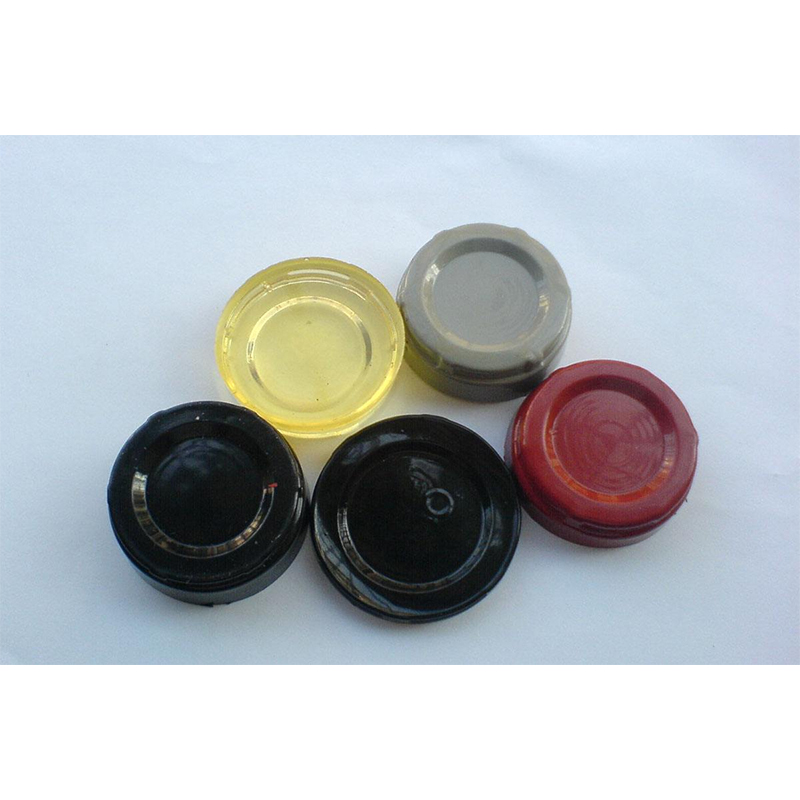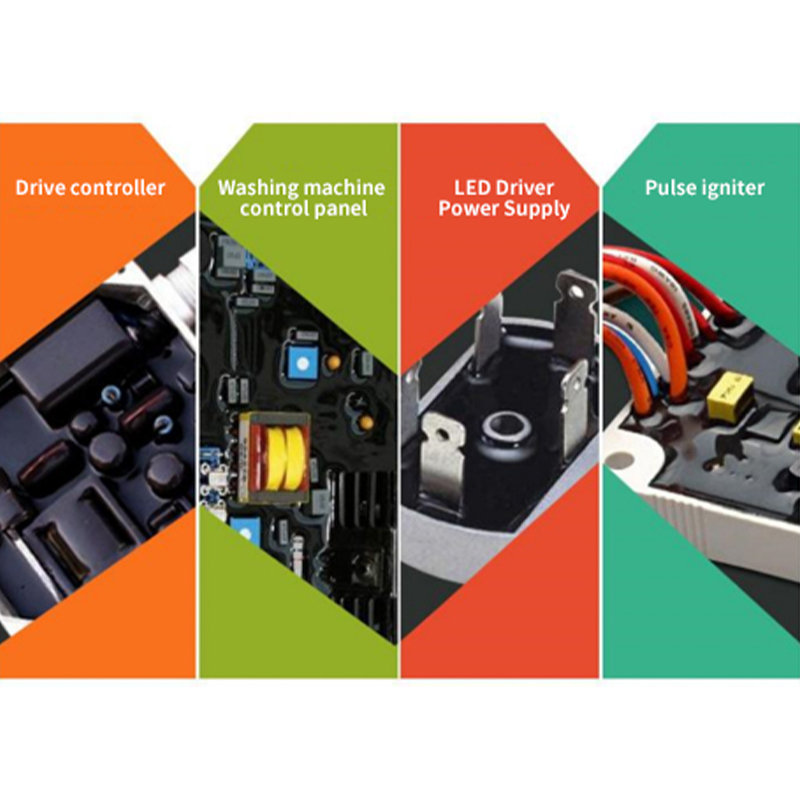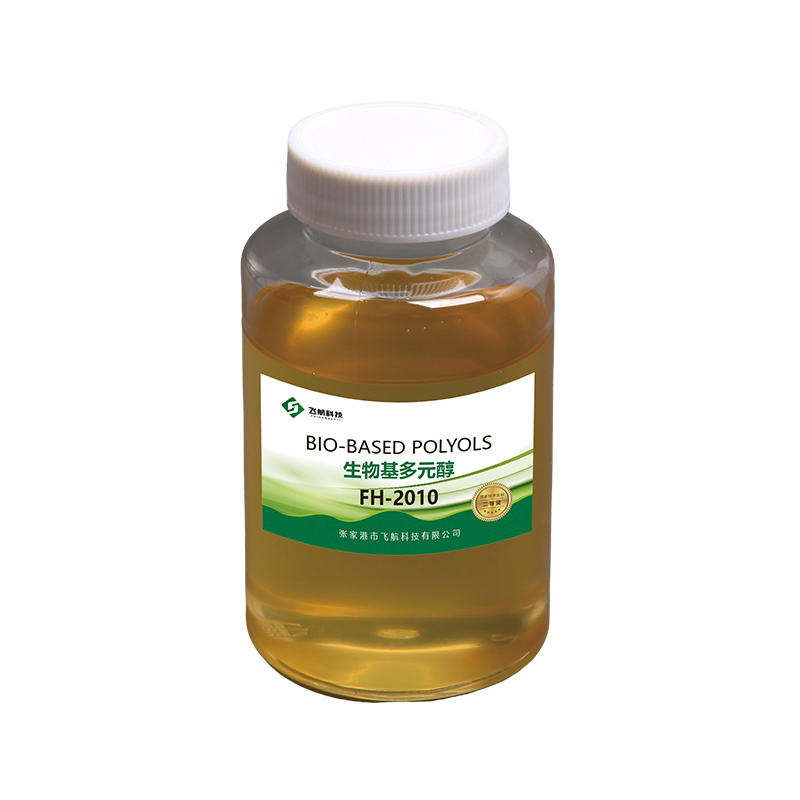With the global consensus on addressing climate change and promoting sustainable development, the "carbon footprint" of materials has become an important benchmark for measuring their environmental value.
- 0086-512-58454577
+86-18662225300 - sales@feihang.com
- No. 9, Qinghai Road East, Yangtze River International Chemical Industry Park, Jiangsu Province







